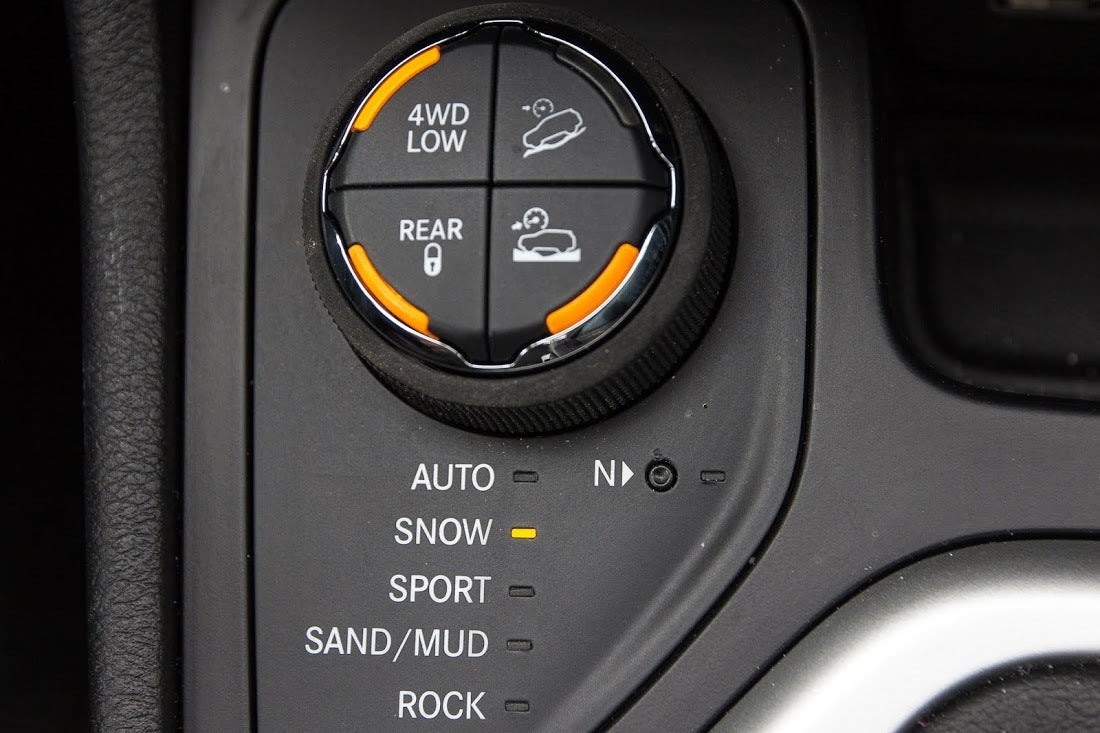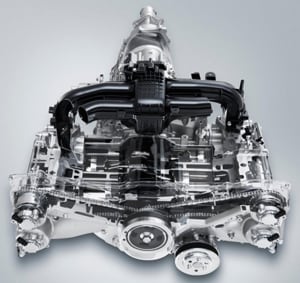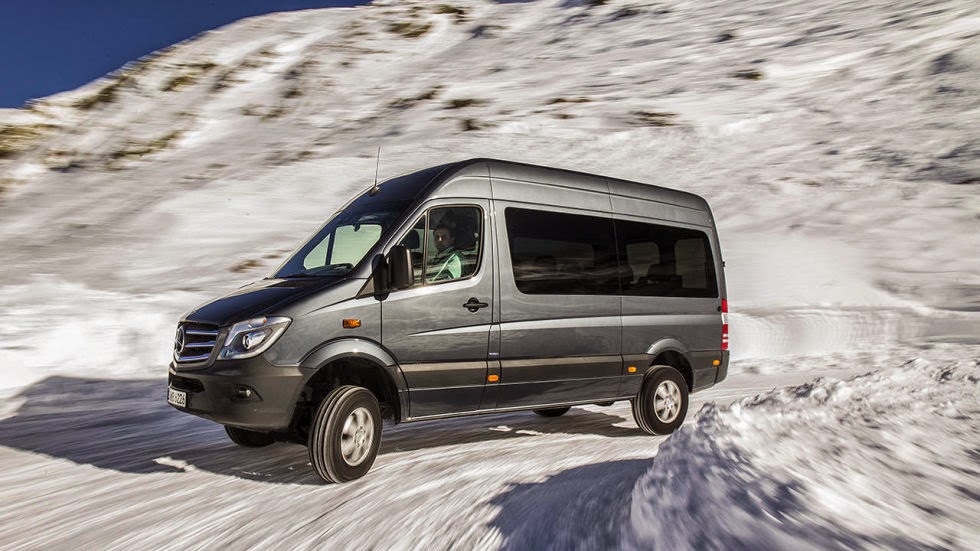2015 Jeep Cherokee
Trailhawk vs. 2015 Subaru XV Crosstrek: A side-by-side
comparison.
Grasp your pitchforks and light those torches because neither of these vehicles has solid axles or body on frame construction. But that’s ok. What they lack in common with horse drawn buggies they make up for in computer aided traction systems that are filled with magic only electrical engineers can explain. To the rest of us, this means increased forward propulsion with far fewer cracks of the whip.
The 2015 Jeep Cherokee Trailhawk and the 2015 Subaru XV
Crosstrek may not find themselves on everyone’s “Ultimate Expedition Vehicle of
All Time” list, but in today’s terms both choices are surprisingly capable. To
find out why, let’s start with the Subaru.
Paired with a respectable 8.7” of ground clearance the XV
Crosstrek takes full advantage of Subaru’s decades of all wheel drive
experience. A double wishbone suspension provides a comfortable and responsive
suspension system for twisty paved roads such as Tail of the Dragon or the
rough, 62 mile corrugated Hole in the Rock Road.
Subaru’s former Chief Designer of Advance Design, Andreas
Zapatinas once said of the company that “"innovation, courage and
individuality"” would typify the designs of future Subaru vehicles”. It’s
not clear whether he was talking technology or bright colors setting the brand
apart, but the list of gadgets available for the XV Crosstrek is impressive –especially considering
the low cost. Eyesight Driver Assist Technology, adaptive cruise control, 7”
inch touch screen voice activated sat/nav, all help the driver to safely keep
on track. Long legged drivers, including myself, are sure to appreciate the
telescopic steering column. Subaru owners may have a bit more experience with
techno gadgets, but under Fiat’s direction, Jeep has made leaps and bounds in
this category.
In a not too distant
past, Jeep owners were excited to find cruise control or air conditioning as
options. Now, it seems there is enough technology in the brand to rival NASA.
The Jeep Cherokee Trailhawk benefits greatly from these vast improvements. A
twist of a knob here, a push of a button there and you will find yourself
safely traversing several grades of terrain. True, older Jeeps could also cover
the same terrain, but with a much more involved driver white knuckling the
controls. If there are teen drivers in your household, then the parallel /
perpendicular park assist function may give you piece of mind. Another
improvement drivers will come to appreciate is the amount of thoughtful storage
Jeep has integrated into the Cherokee. My favorite is the under seat-cushion
storage panel –Dominic Torreto would
approve. Another welcome gadget is the selectable rear locker -this may be
the single most important feature of this vehicle.
 |
| Jeep Cherokee under seat storage bin. A great place to store either recovery gear or extra tanks of Nitrous Oxide. |
Jeep:
- Base Price – $30,090
- Engine –
- 2.4l 4 cylinder “Tigershark”
- 184hp @ 6250 rpm; 171 lb ft torque @ 4800 rpm
- Optional Engine –
- 3.2l V6“Pentastar”
- 271hp @ 6500 rpm; 239 ft lb torque @4400 rpm
- Fuel Economy (MPG) – 19 city/25 highway (4 cylinder, 4WD model)
- Fuel Capacity – 15.8 gal
- Max Range – 395 miles (4 cylinder model)
- Transmission/transaxle – 9 speed automatic
- Vehicle Curb Weight – 4044 lbs
- Exterior Dimensions:
- Overall Length – 15’ 2”
- Overall Width – 74.9”
- Overall Height – 67.8”
- Wheelbase – 106.3”
- Track Width – 62”
- Ground Clearance – 8.7”
- Approach Angle – 29.9*
- Departure Angle – 32.2*
- Max Cargo Capacity – 54.9 cubic feet
- Brakes – Front: 13” /Rear: 12.6”
- Steering – 37.6’ turning diameter
- Tires – P245/65 R17 OWL All Terrain
- Suspension – multilink
- Locking Differential – Rear only
 |
| Landrover-esque terrain knob. |

Subaru:
- Base Price – $21,595
- Engine –
- 2.0l horizontally opposed “boxer” 4 cylinder
- 148hp @ 6200 rpm; 145 fl lb torque @ 4200 rpm
- Fuel Economy (MPG)– 26 city/34 highway
- Fuel Capacity – 15.9 gal
- Max Range – 541 miles
- Transmission/transaxle – CVT (AWD)
- Vehicle Curb Weight – 3098 lbs
- Exterior Dimensions:
- Overall Length – 14’ 7.2”
- Overall Width – 70.1”
- Overall Height – 63.6”
- Wheelbase – 103.7”
- Track Width – 60”
- Ground Clearance – 8.7”
- Approach Angle – 18.0*
- Departure Angle – 27.7*
- Max Cargo Capacity – 51.9 cubic feet
- Brakes – Front: 11.6” / Rear: 10.8”
- Steering – 34.8’ turning radius
- Tires – 225/55 R17 95H all-season
- Suspension – double wishbone front and rear
- Locking Differential – NA
Pros:
Jeep:
- Superior approach and departure angles.
- More towing capacity.
- More powerful 4-cylinder engine and even more powerful 6-cylinder option.
- Slightly larger cargo area.
- Thoughtful small item storage.
- Selectable rear locker.
- Fuel economy and range.
- Turning radius.
- Much lighter curb weight than the Jeep.
- Low foot threshold makes getting in easier for smaller drivers.
- Optional six-speed manual transmission.
Cons:
Jeep:
- High purchase price.
- Poor fuel economy.
- Wrangler and XJ owners won’t recognize you as a “real” Jeep owner.
- Exterior design lacks imagination.
 |
| The Cherokee suffers from an abysmal fuel economy of 19/25 mpg. |
Subaru:
- Poor approach and departure angles.
- It’s still a wagon –sorry Subaru.
- CVT transmissions inherently degrade driving enjoyment.
- Poor acceleration.
- Underpowered engine.
- Strange sounding name.
 |
At 148 hp and 145 lb/ft of torque, the iconic Subaru boxer engine may struggle to keep up with traffic when loaded down with gear.
|
A few bones to pick: With all of the technology available
today, there is no excuse for the XV Crosstrek’s lack of power. Subaru could
have used a turbocharger to maintain it’s impressive fuel economy while
providing more power when needed.
The Trailhawk is an extremely complex vehicle. As we all know,
complexity can have dire effects on long-term reliability. Jeep continues to
struggle with fuel economy. Even compact vehicles such as the Trailhawk receive
abysmal mpg ratings. With that out of the way, both manufacturers have done a
remarkable job of turning what could have been very benign offerings into well-rounded,
surprisingly capable platforms. If you asked me ten years ago if a “cute-ute”
or station wagon could be even half as capable as these two the answer would
have been a shortsighted “no”.
Though neither vehicle will bring you high praise from the
overlanding elite, both are worthy of serious consideration as adventure
mobiles. There are certainly a fair amount of well respected vehicles out there
that are nowhere near as comfortable or capable. Perhaps it is time to rethink
what it means to be an adventure mobile.









